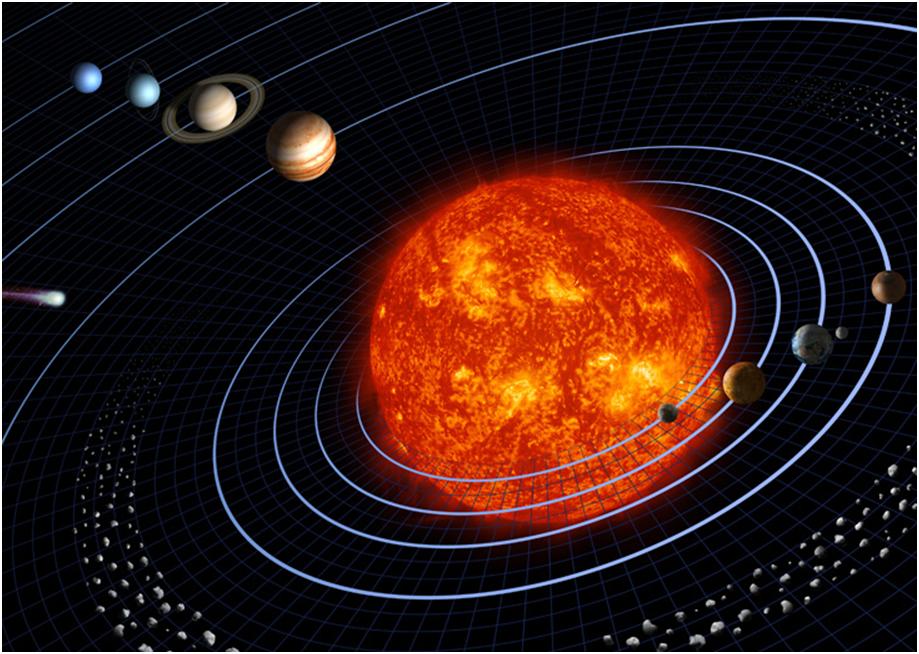Stamp: Common Kingfisher with Key (United Kingdom of Great Britain & Northern Ireland 1991)
Common Kingfisher with Key (United Kingdom of Great Britain & Northern Ireland 1991)
05 February (United Kingdom of Great Britain & Northern Ireland ) within release Greeting Stamps - Symbols of luck goes into circulation Stamp Common Kingfisher with Key face value 1st Class No Face Value
| Stamp Common Kingfisher with Key in catalogues | |
|---|---|
| Michel: | Mi:GB 1314 |
| Yvert et Tellier: | Yt:GB 1520 |
| Stanley Gibbons: | Sg:GB 1540 |
| AFA number: | AFA:GB 1453 |
Stamp is horizontal format.
Was only issued in booklets, together with the other 9 stamps in the series.Also in the issue Greeting Stamps - Symbols of luck:
- Stamp - Thrush's Nest face value 1st Class;
- Stamp - Shooting Star and Rainbow face value 1st Class;
- Stamp - Magpies and Charm Bracelet face value 1st Class;
- Stamp - Black Cat face value 1st Class;
- Stamp - Common Kingfisher with Key face value 1st Class;
- Stamp - Mallard and Frog face value 1st Class;
- Stamp - Four-leaf Clover in Boot and Match Box face value 1st Class;
- Stamp - Pot of Gold and Rainbow face value 1st Class;
- Stamp - Heart-shaped Butterflies face value 1st Class;
- Stamp - Wishing Well and Sixpence face value 1st Class;
Stamp Common Kingfisher with Key it reflects the thematic directions:
Birds (Aves), a subgroup of Reptiles, are the last living examples of Dinosaurs. They are a group of endothermic vertebrates, characterised by feathers, toothless beaked jaws, the laying of hard-shelled eggs, a high metabolic rate, a four-chambered heart, and a strong yet lightweight skeleton. Birds live worldwide and range in size from the 5 cm (2 in) bee hummingbird to the 2.75 m (9 ft) ostrich. They rank as the class of tetrapods with the most living species, at approximately ten thousand, with more than half of these being passerines, sometimes known as perching birds. Birds are the closest living relatives of crocodilians.
Celestial bodies or heavenly bodies are objects in space such as the sun, moon, planets, and stars. They form a part of the vast universe we live in and are usually very far from us.
The Moon is Earth's only natural satellite. It orbits at an average distance of 384,400 km (238,900 mi), about 30 times the diameter of Earth. Tidal forces between Earth and the Moon have over time synchronized the Moon's orbital period (lunar month) with its rotation period (lunar day) at 29.5 Earth days, causing the same side of the Moon to always face Earth. The Moon's gravitational pull – and to a lesser extent, the Sun's – are the main drivers of Earth's tides.
Animals are multicellular, eukaryotic organisms of the kingdom Animalia (also called Metazoa). All animals are motile, meaning they can move spontaneously and independently, at some point in their lives. Their body plan eventually becomes fixed as they develop, although some undergo a process of metamorphosis later on in their lives. All animals are heterotrophs: they must ingest other organisms or their products for sustenance.




